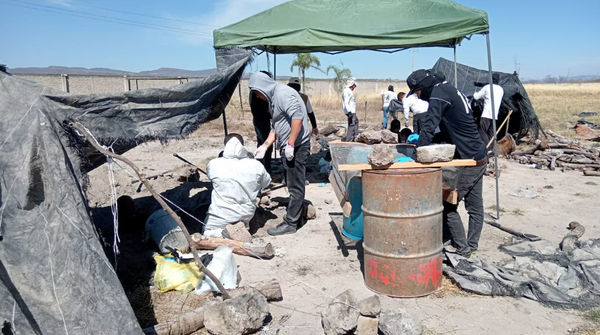Thai Airways International (THAI) on Friday submitted a new debt rehabilitation plan following a better-than-expected recovery from its financial crisis, said Piyasvasti Amranand, chairman of the THAI panel overseeing the airline's court-monitored debt plan.
The amended rehabilitation plan was submitted to the Central Bankruptcy Court.
In the previous plan, THAI expected to face a cash deficit of 50 billion baht and therefore planned to borrow 25 billion baht from state-owned lenders and the rest from private financial institutions, he said.
However, since the airline realised it would be difficult to successfully obtain the full amount of loans required, it first tried to find more cash by selling a number of assets and old aircraft, which has brought in more than 9 billion baht, he said.
"The airline has also been gaining more income than expected after resuming international flights after the Covid-19 situation improved," he said.
The average number of passengers for THAI now stands at 13,000 a day, up from 1,000 per day during the first 10 months of last year, and with flights now between 80% and 90% full, he said.
Income for June is estimated to be 6.8 billion baht, while for July the airline expects to earn up to 8 billion baht, he said.
In the old rehabilitation plan, the airline expected to have 5 billion baht in cash by the end of June, but in fact, it has up to 14 billion baht on hand, he said.
"Given these clear signs of recovery, we have to amend the rehabilitation plan as we no longer need to borrow as much as we initially thought," he said. "This change will improve THAI's financial security and eventually bail it out of financial difficulty."
Under the new plan, THAI will borrow 12.5 billion baht over six years and another 12.5 billion baht in the shorter term, he said.
Before implementing its long-term borrowing plan, a new assessment of its liquidity will be conducted.
THAI also plans to issue debt-for-equity swaps totalling 37 billion baht, or about 25% of its more than 100 baht debts.







